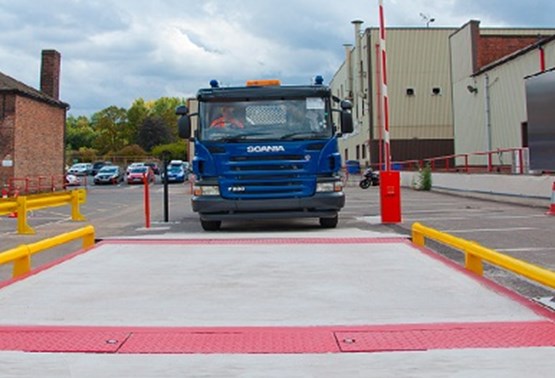In Western countries, far more drivers than passengers are killed or injured, but this reflects the fact that a high proportion of cars contain only a driver. In countries with a lower ratio of vehicles to population the converse is true and indeed many accidents are due to g in a vehicle oss overcrowding of passenger vehicles. The type of injuries are almost akin to those of a driver, but such a place in the vehicle is much more dangerous, as indicated by the title of a safety film made by the French Michelin tire Company. Though there isnt a steering wheel which can strike to the chest cavity, the absence of it also takes away the little bit of protection given to the driver in decreasing the impact with something like the windscreen, because it gives the driver at least something to brace themselves against.Another factor may be that the driver say of a heavy vehicle that has undergone measuring on portable truck scales gives his/her attention all the time on the road and therefore has even a split second warning of a crash about to happen, compared to the passenger who may be oblivious of imminent disaster and fail to ‘brace up’ ready for the impact. This may explain the greater number of skull fractures and brain damage in unrestrained passengers, the percentages being 55 per cent and 42 per cent, compared with 64 per cent and 53 per cent, respectively. However, these figures were compiled before seatbelts and airbags became commonplace or even mandatory.

Before the more widespread use of front seatbelts which is now mandatory in many countries even for heavy vehicles manufactured using a good axle group weighing, it was thought that the rear-seat position was fairly safe, as indeed it is compared with the front seats. When the widespread use of seatbelts dramatically reduced the deaths and serious injuries amongst front-seat occupants, the dangers of the back seats became much more obvious. One series showed that 49 per cent of rear seat passengers in car crashes sustained serious or moderately serious injuries. Campaigns and legislation similar to the previous crusade were waged on behalf of the rear-seat occupants, and the use of these has now become mandatory in Britain and some other countries. During violent and sudden deceleration, the unrestrained passengers in the back are thrown forwards and hit the back of the seats in front, including the head-rests when they are fitted. These people may get thrown over these seats, hitting g the front seat passengers and causing them more injuries. These people might even get thrown out of the windscreen, which gets broken due to their impact with it, or by those in front. In the roll over type of accidents the people share the same type of trauma of being thrown around inside the vehicle compartment, where multiple traumacan occur from impact with fitments, such as door handles, mirrors and window winders. Changes in vehicle designs have reduced such hazards by making the figments more sturdier and less prone to coming off. handles smoother or countersunk and mirrors that easily snap off their mountings. Ejection is one other frequent cause of serious injury and death death for the back seat passengers in a vehicle with a huge variety of limb, chest and head injuries being reported.
